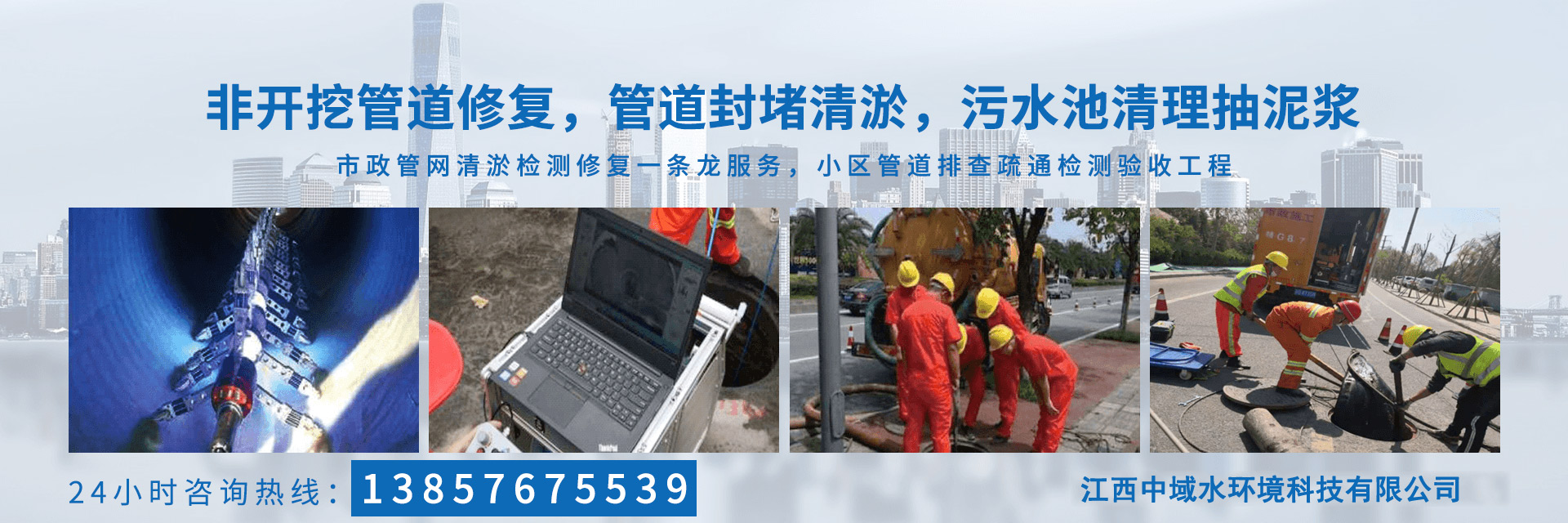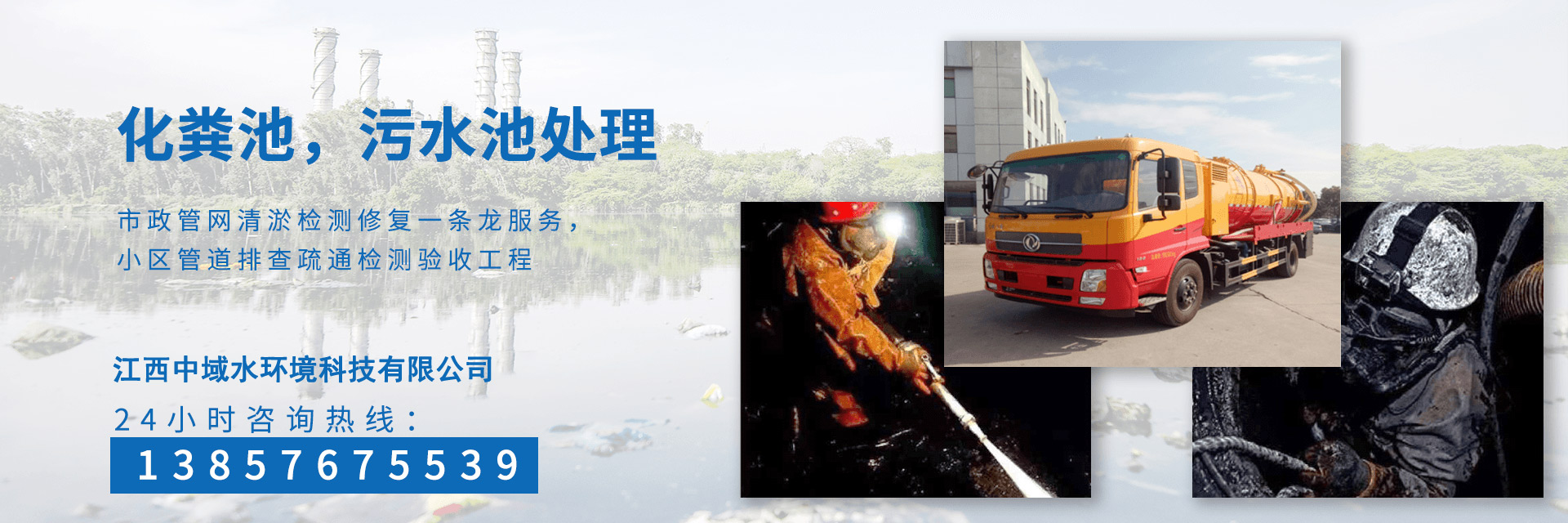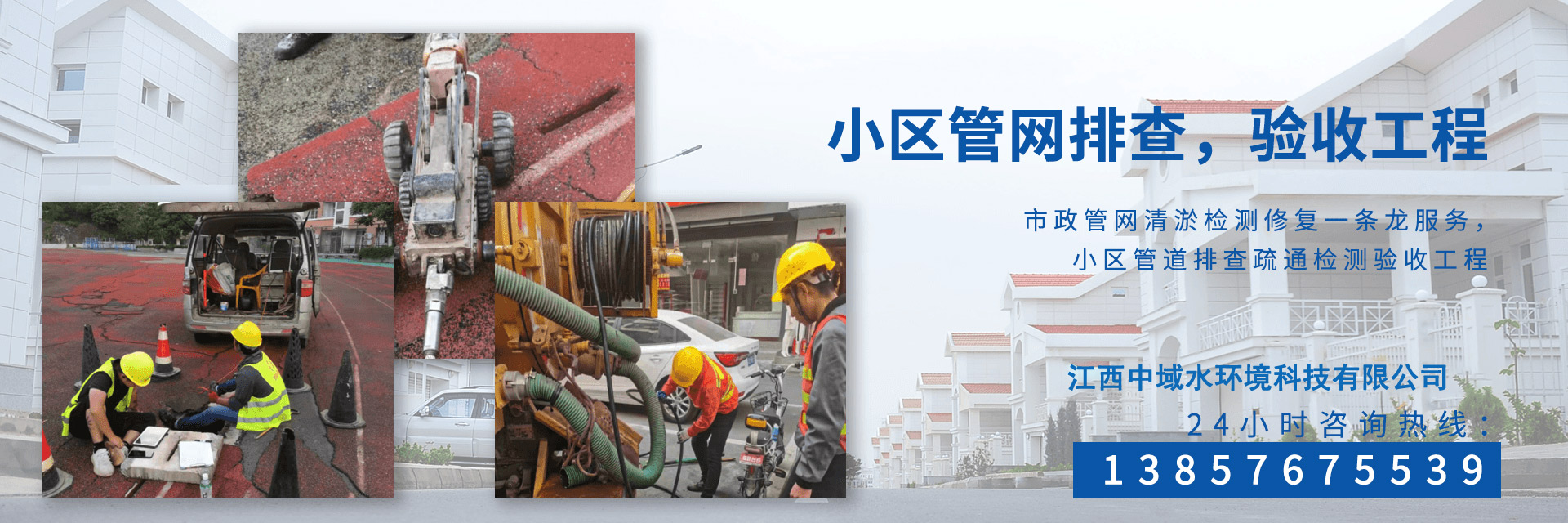FIPP热塑成管修复技术,提高管道修复速
发布日期:2023-05-06 16:24:02 浏览次数:17Introduction
FIPP (Fold and Form In-place Pipelining) technology is a technique used to repair pipelines and increase the speed of their repair. This technology involves the use of thermoplastic composite materials that are placed on the damaged areas of the pipeline. The materials are heated until they become pliable and then are molded to the shape and size of the pipeline. The FIPP technology is fast becoming a reliable and cost-effective method for repairing pipelines, and has been adopted by many companies and organizations worldwide.
The Benefits of FIPP Technology
One of the main benefits of FIPP technology is the speed at which it can repair a pipeline. The materials used in this technique are lightweight and easy to transport, and can be applied quickly and efficiently. Unlike traditional methods that can take days or even weeks to complete, FIPP technology can repair a pipeline in just a matter of hours. This speedy process significantly reduces downtime and ensures that pipelines can be back in operation in a minimal amount of time.
FIPP technology is also non-intrusive, meaning that it does not require excavation or removal of the pipeline. The composite materials are inserted through an existing access point and molded into place using a flexible, inflatable liner. This method creates a new pipe within the old one, making it stronger and more resistant to future damage. The process is also environmentally friendly and cost-effective, making it an attractive option for companies and organizations looking to improve their pipeline repair and maintenance practices.
The Future of FIPP Technology
The FIPP technology has become an increasingly popular method for repairing pipelines in recent years, and its future looks bright. As advancements in the materials used and the application process continue to be made, FIPP technology is becoming even more efficient and cost-effective. Additionally, the technique is being expanded to address a wider range of pipeline issues, including those in harsh or hazardous environments.
With the benefits of FIPP technology becoming more widely recognized, it is likely that it will continue to grow in popularity and be adopted by more companies and organizations worldwide. The speedy, non-intrusive, and cost-effective nature of this technique makes it an attractive option for any organization looking to improve their pipeline repair and maintenance practices.
- 上一篇:城市污水处理厂维护管理的要点
- 下一篇:FIPP热塑成管修复技术,为管道修复提供保障










